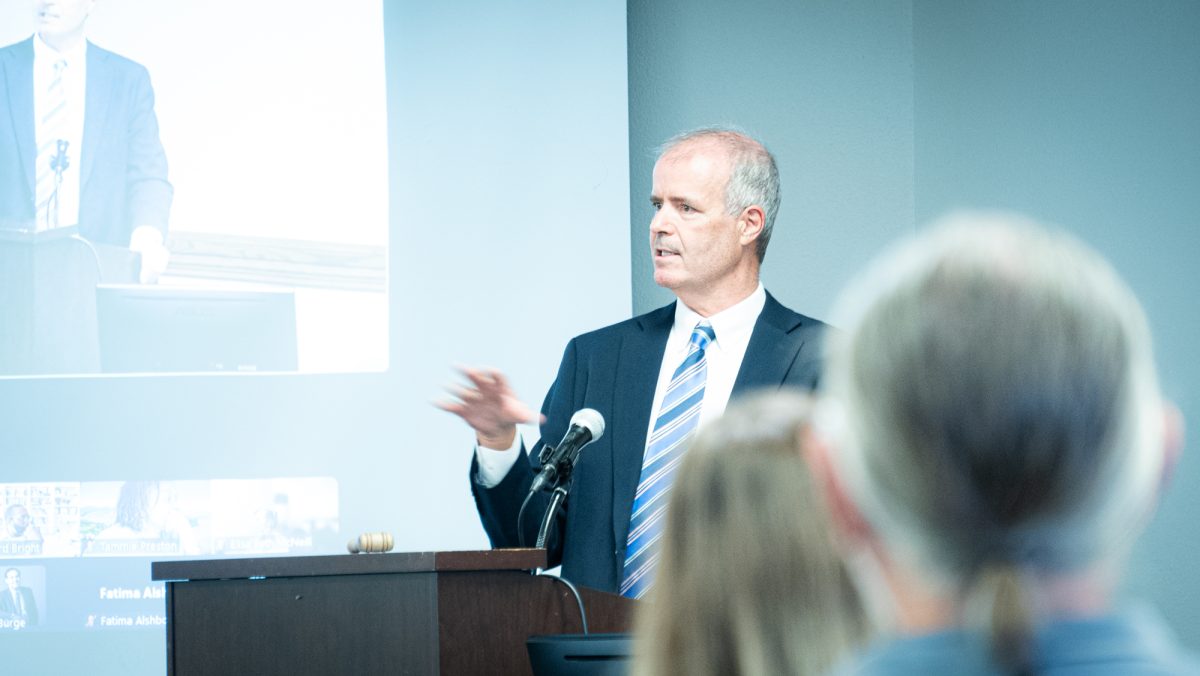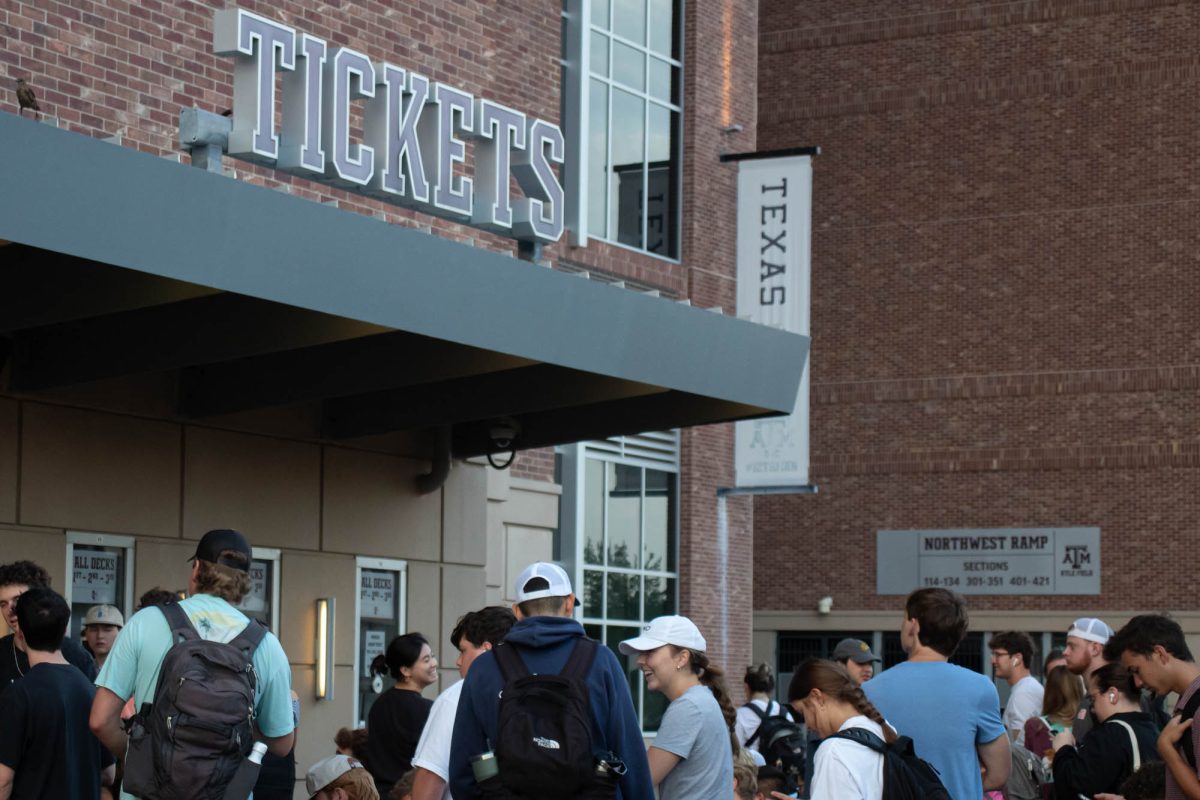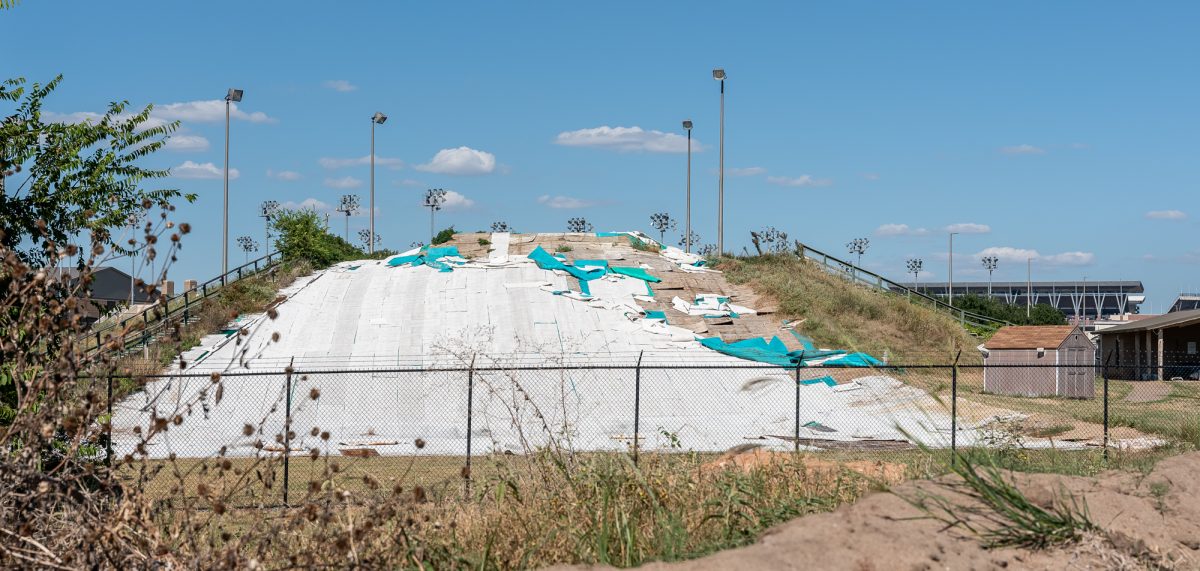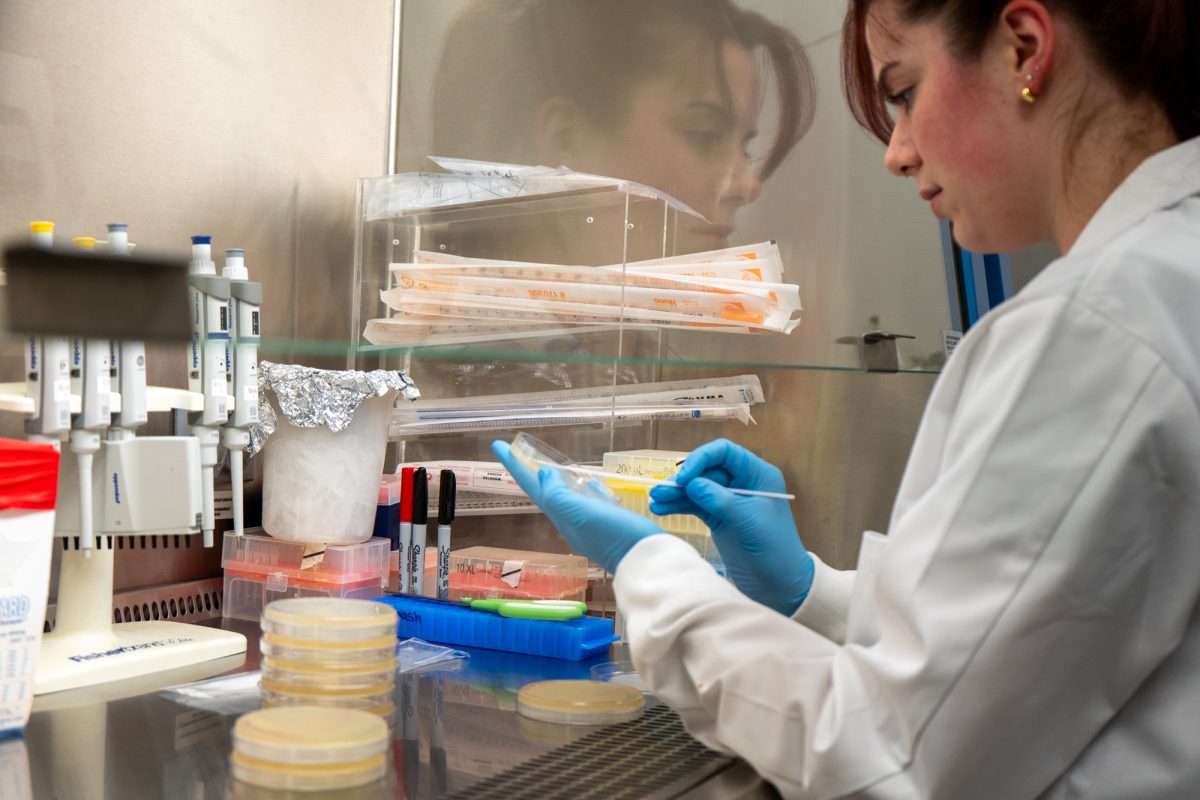Texas A&M researchers were deployed to investigate the rapidly deteriorating coral reefs in the Gulf of Mexico.
A boat full of recreational divers arrived at the National Oceanic and Atmospheric Administration (NOAA) Flower Garden Banks National Marine Sanctuary in the Gulf of Mexico on July 25, 2016, and quickly informed the sanctuary that something was wrong with the coral in the area. The Flower Garden Banks’ scientific team discovered coral and other invertebrate mortality that was spread over about 50 square meters with up to 80 percent coral mortality reported in parts of that area.
The team came to the conclusion that this event occurred very quickly, as recreational dives had been conducted in the area two days prior to the discovery with no abnormalities. A team of researchers from A&M’s Oceanography department was called in to further investigate this phenomenon and the events that caused this rapid coral death. After approximately four years, they have found an explanation.
Kathryn Shamberger, assistant professor in the Department of Oceanography, said the emergency-level nature of this assignment could be seen in the swiftness with which the team was assigned and sent to the location.
“Our research cruise was put together on very short notice,” Shamberger said. “Cruises like these can be complicated to organize, but our team was on site within five days of the event.”
Through their testing, the team concluded that hypoxia, a lack of oxygen, was the cause of this coral death event. The cause of this hypoxia is two-fold, according to Shamberger: upwelling, a process in which deep cold water rises to the surface, and freshwater runoff into the area combined to cause this specific event of hypoxia.
“The processes of runoff from the Mississippi [and] Atchafalaya River, as well as from Texas rivers, and upwelling, likely combined to cause the hypoxia that we saw in the region,” Shamberger said. “We do not know how often these two things happen together.”
Upwelling and river runoff into the Gulf of Mexico are both natural processes that do not typically cause harm to the ecosystems they encounter, and they do not always cause hypoxia, but as Andrea Kealoha, now at the University of Hawai’i Maui College, said when river runoff happens in excess similar issues could arise.
“We could start to see more rainfall as a result of climate change, which makes for more freshwater discharge into the gulf,” Kealoha said. “Some runoff is natural, but an excessive amount of runoff that contains high amounts of nutrients and organic matter could increase hypoxia occurrence.”
John Schiff, a Ph.D. candidate in the Department of Geography, was on the research cruise that was sent out just days after the event was first discovered.
“Every person that was there had their own job to do on that ship,” Schiff said. “I was there to collect water samples for total alkalinity testing for Dr. Shamberger. We all helped each other when we could, but we all had our own goals.”
Schiff said while the work was arduous at times, the satisfaction he felt from doing it made it all worth it.
“We worked practically 24-hour days for the three days we were out there, taking 15 minute power naps in between collection stations,” Schiff said. “It’s a rewarding experience. It’s good to be able to say that you helped out with something like that.”
Schiff said he encourages any student who is interested in research to pursue that passion and to stay in contact with professors who are conducting projects that fit their academic or future career goals. He said this research is not limited to graduate students or professionals in this field.
“These opportunities can just come and go very quickly,” Schiff said. “It’s useful for undergrads, if they want to be involved with this kind of stuff, to stay in contact with professors. … If they take a class with a professor that they like, and if that professor does research that they think is really interesting.”
To learn more about the research team’s work, go to link.springer.com/article/10.1007/s00338-019-01883-9.
Texas A&M research team discovers cause of coral die-off
February 3, 2020
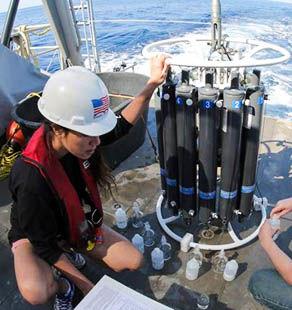
Photo by Courtesy of NOAA Flower Garden Banks National Marine Sanctuary
Andrea Kealoha collecting seawater samples for water chemistry analyses from the Flower Garden Banks National Marine Sanctuary.
0
Donate to The Battalion
Your donation will support the student journalists of Texas A&M University - College Station. Your contribution will allow us to purchase equipment and cover our annual website hosting costs.



